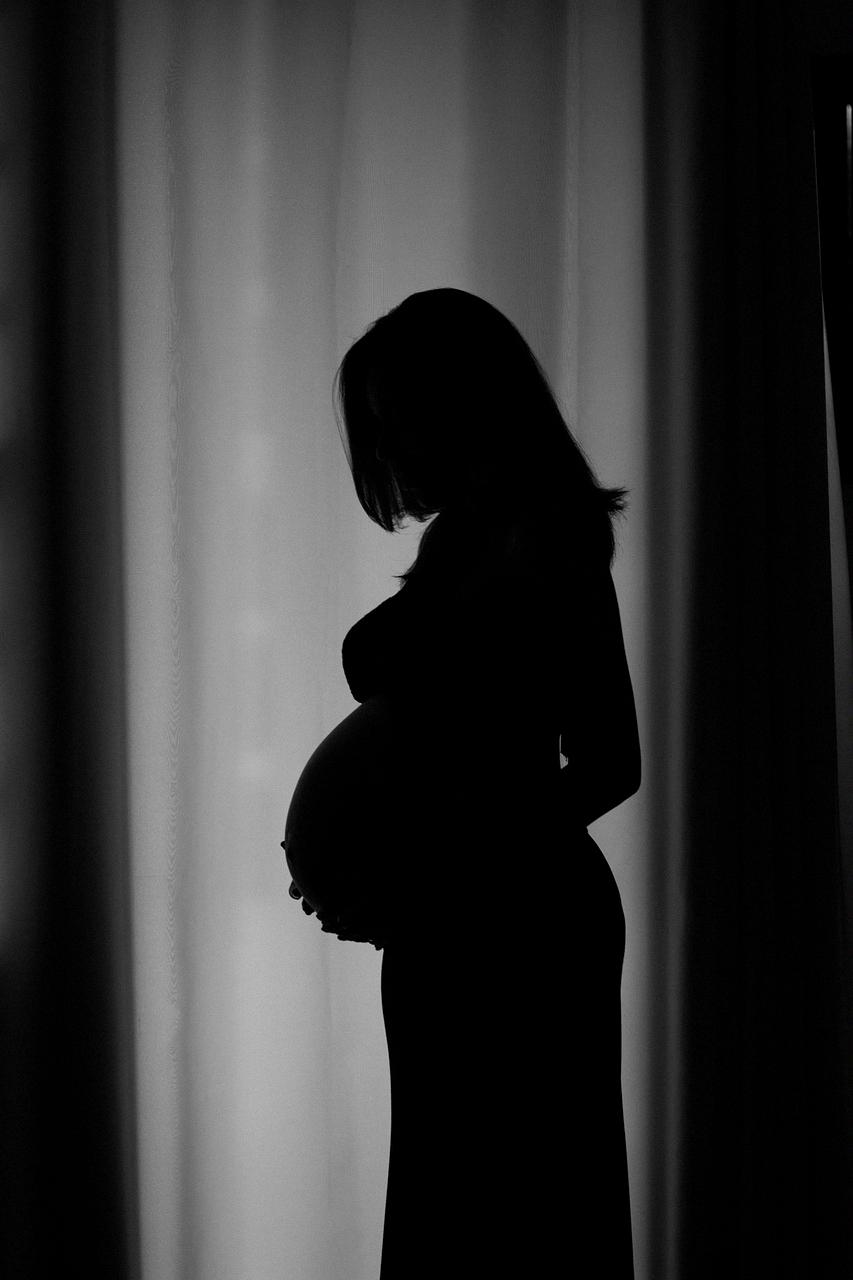Reflexology, a holistic therapy that involves applying pressure to specific points on the feet, hands, or ears, has been used for centuries to promote relaxation and overall well-being. In the context of pregnancy, reflexology is believed to have the potential to induce labor naturally. This raises the question: does reflexology actually induce labor?
According to experts in the field, reflexology can indeed be used to help stimulate the uterus and ovary reflexes, which may in turn promote the production of oxytocin, a hormone known to play a key role in triggering labor. It is suggested that pregnant women consider starting reflexology sessions around 37 weeks of pregnancy to support the natural process of labor induction.
Many women who have tried reflexology for labor induction report positive experiences, with some even attributing the onset of labor to their reflexology sessions. The gentle yet targeted pressure applied during a reflexology session is believed to help release tension, promote blood flow, and encourage the body to enter a more relaxed state conducive to labor initiation.
It is important to note, however, that reflexology should always be used as a complementary therapy rather than a standalone method for inducing labor. While reflexology may support the body in preparing for labor, it is not guaranteed to bring about immediate results and should be approached as part of a comprehensive approach to prenatal care.
Pregnant women considering reflexology for labor induction should consult with a qualified reflexologist or healthcare provider to ensure that the treatment is safe and appropriate for their individual circumstances. Each woman’s pregnancy journey is unique, and what works for one may not necessarily work for another.
When incorporating reflexology into a prenatal care plan, it is important to communicate openly with both the reflexologist and healthcare provider about any pre-existing medical conditions, concerns, or preferences. This collaborative approach can help ensure that reflexology is tailored to meet the specific needs and goals of the expecting mother.
Furthermore, reflexology for labor induction should only be practiced by trained and experienced reflexologists who understand the complexities of working with pregnant women. Safety and comfort are of utmost importance, and any discomfort or adverse reactions during a reflexology session should be addressed promptly and appropriately.
While reflexology is generally considered safe during pregnancy when performed by a skilled professional, it is essential for pregnant women to remain informed and empowered when making decisions about their prenatal care. Seeking out reputable and reliable information, as well as consulting with healthcare providers, can help expecting mothers navigate the world of complementary therapies with confidence.
In conclusion, while reflexology has shown promise in aiding labor induction through its effects on the body’s reflex points, it is not a guaranteed method for bringing about labor. However, when used thoughtfully and in conjunction with appropriate medical guidance, reflexology can be a valuable tool for promoting relaxation, comfort, and overall well-being during the prenatal period.

